How to grow and care for Kampsis in the middle lane
Among the plants that can decorate a personal plot and the territory of a private house, a special place is occupied by kampsis - a tree-like liana with large bright flowers. Southerner by origin, Kampsis has taken root well in the middle lane. Below we will talk about how Kampsis grows and develops. Planting and caring for him is within the power of any gardener.
Origin and types
Campsis is a light-loving and drought-resistant perennial plant with a height of half a meter to a meter. The flowers of this tree-like liana are red, orange and yellow. The name of the plant comes from the Greek word kamptein (to bend, bend).
A whole genus of plants of the Begnonia family is known under this name. He, however, is represented by only two types:
- rooting campsis, native to America;
- Kampsis large-flowered, of Chinese origin.
Another type of Kampsis is a hybrid of the first two, called hybrid Kampsis, artificially bred.
Rooting kampsis is a vine that grows at the edges of forests and near fences. He has aerial roots located along the entire length of the stem, with their help he is attached to vertical surfaces. Climbing up, the plant begins to grow. Large-flowered looks the same, but its flowers are noticeably larger and brighter.
How to plant
Kampsis is seated in several ways:
- seeds;
- root shoots;
- cuttings;
- layering.
The seeds of this plant can be bought at a flower shop, or taken from those gardeners who have already grown the liana - now this plant has gained great popularity. Growing with seeds has its drawbacks, because a vine planted in this way will bloom only after a few years.
Most often, lovers of woody vines choose the second method - reproduction by shoots. A process is cut off from an adult plant with a root. This is done before the plant is actively growing. There are quite a lot of such shoots next to the parent plants; after cutting them off, they are immediately planted in the open ground.
Liana can also be propagated by green cuttings, this is done in the middle of summer. They are cut from the central part of the kampsis shoot, making sure that there are a couple of leaves on each cuttings. Then the cuttings are planted in the ground, in a previously dug hole.
Cuttings can be not only green, but also grown, lignified. In early spring, they are cut from the mother plant, first of all paying attention to the shoots from last year's growth.
You can also propagate a liana by rooting the layers growing near the ground. They are simply pressed to the soil, and they take root with constant moderate watering. Rooting occurs during one season, the next year, the layers are separated and transplanted.
Since this plant loves the sun, it is planted on the southern side of the site, this is especially true for the middle lane with its few sunny days.
Advice
The roots of the plant are creeping, so you should not plant it very close to the house - the foundation may be damaged over time.
Fences, gazebos, trellises serve as a support for Kampsis, but a tree as a support will not work - the shoots of the vines will strangle it. Growing will go more successfully on temporary supports made of wire or rope (for young plants); in winter, this whole structure is laid on the ground and covered with the roots.
How to care for Kampsis
Correctly planted kampsis grows quickly, braiding fences, fences, gazebos, it is convenient for them to decorate their personal plot. It does not require specially prepared soil and careful maintenance.However, the more fertile the soil and the more regular soil moisture, the better the vine grows and blooms. It must also be remembered that she loves watering, but does not tolerate too wet soil.
Like any ornamental plants, this vine will appreciate feeding. You can pre-fertilize the soil in the places of the proposed planting (with complex fertilizers or compost), you can feed it with potassium-phosphorus fertilizers during the flowering period, preferably at least twice for the entire period.
Pruning
Campis grows quickly, so the plant must be formed. Before the start of growth, all shoots are broken off from the cuttings that have taken root, except for the most stable ones (3-4 pieces are left). It is these shoots that will later form the "skeleton" of the plant, allowing it to safely endure winters.
Pruning the shoots as the plant matures is of no small importance. They remove those that died during the cold season. You can also cut off other shoots in order to give the volume of the vine shoots a certain shape.
Campsis, by the way, can also be grown as a shrub, if the area for growth is large enough. To do this, the aerial roots simply need to be pruned periodically. It can even be grown as a groundcover because it grows on the ground without any support.
This vine rarely gets sick, it is slightly damaged by insect pests (except perhaps aphids, but it is easily removed after treatment with insecticides).
So, Kampsis is a beautiful and fast growing garden dweller, decorating any vertical or even horizontal surfaces. It is not picky about care, although it grows and blooms better on the southern side of the site. Planting kampsis in the middle lane is carried out without any problems, the plant quickly takes root and pleases the eye with its bright and large flowers. Growing requires only watering and regular pruning, then the plant will decorate the garden for a long time - both in the form of a vine and a shrub.
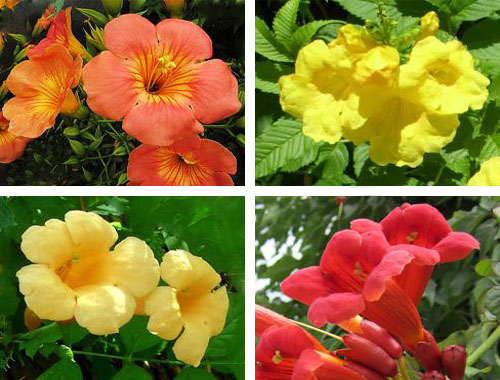
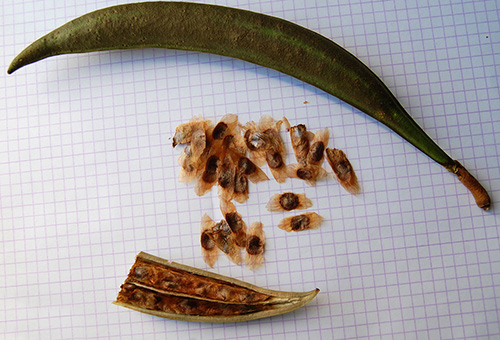
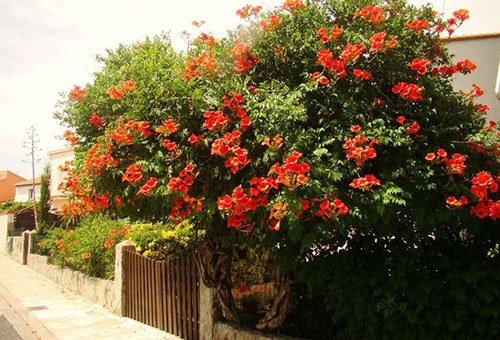

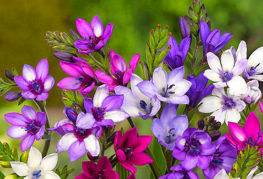
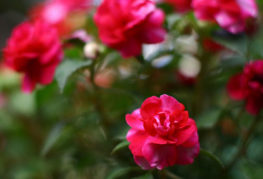
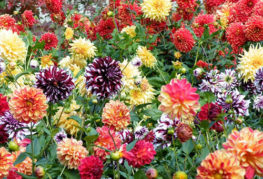
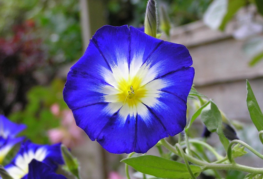
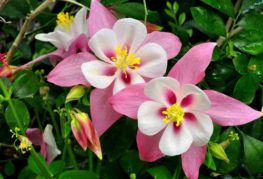
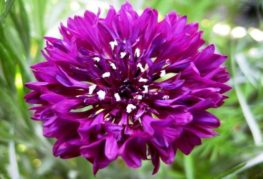
and will be published shortly.